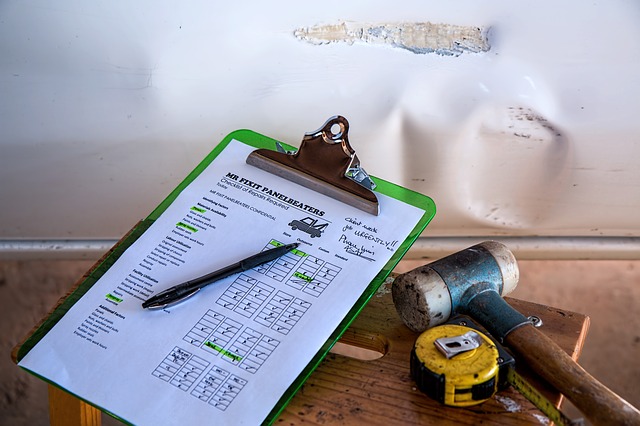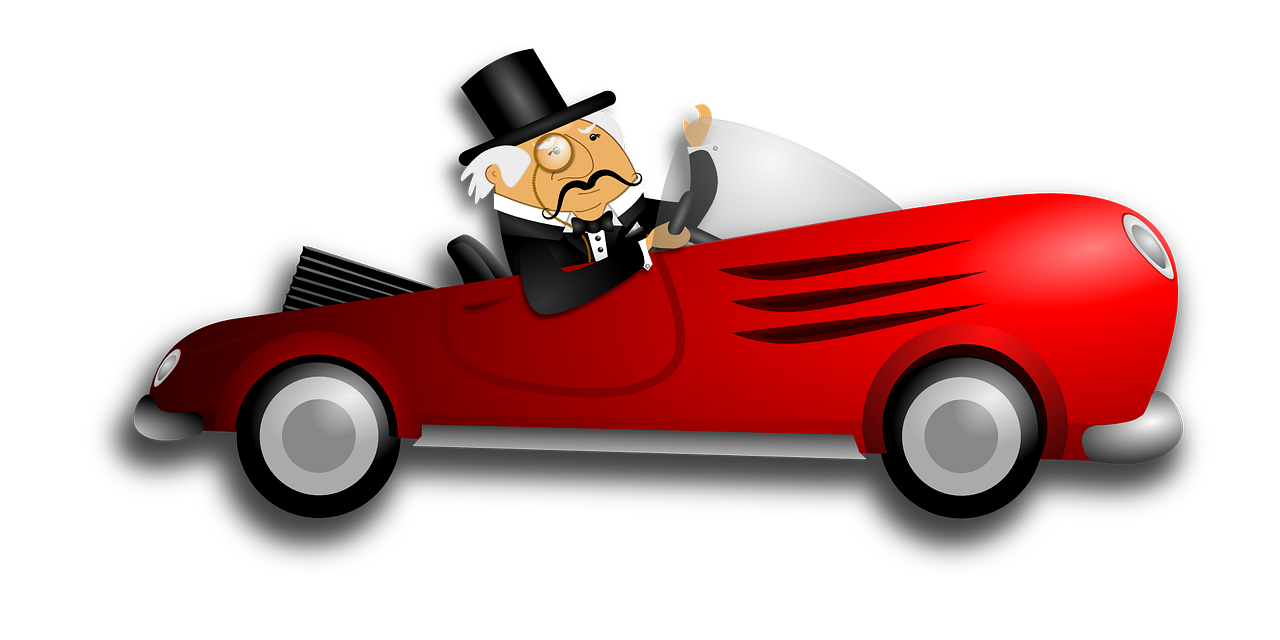
If you’ve ever shopped around for insurance, you’ve likely been asked if you want to bundle your policies—in other words, combine your home or renters, auto and life insurance policies with the same carrier. Although you have the option to shop around individually for each policy, it almost always makes sense to have the same carrier cover as many of your policies as possible.
Benefits of Bundling
- The discount—Most policyholders bundle their policies because of the promise of a discount. The amount varies by provider but can generally range between 5-25 percent.
- The option of a single deductible—With bundled policies, your deductible may be cheaper in the event of a claim that affects multiple policies. For example, if your home and auto policies are with two separate carriers, and a hailstorm damages your home and your car, you’re responsible for paying both your home and auto deductibles before receiving payment. But if you bundle your policies, your provider may offer you the option to pay only the higher of the two deductibles.
- Less chance of being dropped—If you’ve made claims or gotten tickets, having your policies bundled with one provider can decrease the chance of them dropping you.
-
When it Doesn’t Pay to Bundle
It isn’t always better to bundle your policies with one insurance carrier. Here’s when it may be better to split them up:
- If you have tickets or past claims that make your auto insurance expensive—In this case, it may be cheaper overall to buy each policy from separate providers.
- When premiums increase—Bundling discourages people from price shopping, which makes it easier for providers to increase their rates. Most assume that you won’t go through the effort of shopping around when your policies renew.
- If policies aren’t technically bundled—Some carriers may insure you with an affiliated company. Although you may get a discount with that company, you’ll lose the convenience of paying your premium with one familiar provider.
A Few Tips to Consider
Although discounts are the main reason people bundle their insurance policies, never assume that bundling is the cheapest option. Your needs and circumstances will dictate whether you should combine your policies with one carrier. Consider the following tips:
- Shop for new coverage when your policies renew, and ask for the price of the individual premiums as well as the price of the bundled premium so you can decide whether it is worth it. Just make sure you compare the same coverage when shopping for quotes from each carrier.
- Ask if the provider uses a third-party insurance company. Remember that you may save money but lose the convenience of dealing with one provider and a combined bill.
- Ask an independent insurance agent to get prices from multiple companies so you don’t have to do the legwork. An agent that is loyal to a particular carrier may be able to offer discounts that you can’t get alone.
With multiple factors contributing to the price of your insurance premiums, it is important to shop around in order to get the best rate for your insurance needs. Feel free to contact Scurich Insurance to determine if bundling is right for you and help you take advantage of all available discounts.
Read more

The Insurance Research Council reports that an estimated 1 in 7 drivers in the United States are currently uninsured. As a result, many car insurance companies across the nation offer specific coverage in the event that you get into an accident with an uninsured driver, such as uninsured motorist (UM) coverage and underinsured motorist (UIM) coverage.
UM coverage applies if the uninsured driver was at fault in the accident or if you were the victim of a hit-and-run accident. UIM coverage applies if the other driver is at fault and lacks a high enough level of coverage to cover the cost of the accident. This means that if the underinsured driver’s policy limit is reached before the cost is covered, your insurance company would pay the remainder of the costs until your coverage limit is reached.
While UM/UIM coverage can be helpful, often times the level of coverage isn’t enough to cover the costs of the accident. Luckily, several states allow you to “stack” your UM or UIM coverage. Read on to learn the differences between stacked and unstacked UM/UIM coverage.
Unstacked Coverage
If you have unstacked UM/UIM coverage, your level of coverage is the limit on your policy. For instance, if you have a set limit of $20,000, that is the maximum amount of coverage you will receive after an accident with an uninsured or underinsured driver. Unstacked coverage is more common than stacked coverage, seeing as it is your only option if you insure just one car.
Stacked Coverage
If you insure multiple vehicles and your state allows stacking, you are permitted to increase your level of UM/UIM coverage. You can utilize stacked coverage within one policy, or across policies.
Stacking your coverage within one policy means you are combining your coverage limits for multiple vehicles on a singular policy. For example, if you own two cars on one insurance policy and your UM/UIM limit is $20,000, you can combine your coverage limits for a total of $40,000.
Using stacked coverage across policies means you are combining your coverage limits between separate policies for a singular claim. For example, if you own two vehicles, each with separate policies and your UM/UIM limit is $25,000, you could file a claim using both policies, therefore using up to $50,000.
The Advantages and Disadvantages
There are both benefits and drawbacks to utilizing stacked UM/UIM coverage. Stacking can potentially raise the amount of coverage you can use in case of an accident with an uninsured or underinsured driver, and lets you increase your UM/UIM limits without increasing your liability coverage.
However, if you have stacked coverage, you may have higher rates, seeing as car insurance companies have to offset the risk of costly reimbursement.
In addition, while some states lack laws for stacked coverage, some states either forbid it or only allow it in specific circumstances. Aside from state laws, some car insurance companies have certain policies that disallow stacked coverage. Be sure to contact your car insurance company to discuss your options with stacked UM/UIM coverage.
Read more

Auto insurance is meant to protect you by covering your bills after an accident. However, the amount of compensation can vary greatly depending on the type of claim that’s made by insurance carriers and the value of your vehicle. The decision to have your vehicle repaired or declared a total loss directly impacts how much you receive.
Determining a Claim
If you’re in an accident, the at-fault driver’s insurance carrier will analyze the approximate value of your vehicle before the accident as well as the cost to repair it afterward. Typically, the pre-accident value of your vehicle is determined by finding its actual cash value. This value is found by taking the price of a similar replacement vehicle in your area and then subtracting any pre-accident depreciation, such as your vehicle’s mileage and history.
If the cost to repair your vehicle is less than its actual cash value, insurers will usually opt to compensate you for the repairs. However, if the cost is too high or if the vehicle can’t be restored to a safe condition, insurers may declare it a total loss.
Total Loss Claims
If your vehicle is declared a total loss, you’ll be compensated with the full actual cash value of your vehicle, minus any applicable policy deductible.
If the cost to re
However, if a financed or loaned vehicle is declared a total loss, the insurer will pay the remaining balance to the finance company first. Here’s a breakdown of the two most common scenarios that occur when a financed vehicle is declared a total loss:
- The actual cash value of the vehicle is greater than the remaining balance of the loan. In this scenario, the insurer pays off the loan and then gives you the amount by which the actual cash value exceeds the loan balance.
- The actual cash value of the vehicle is less than the remaining balance on the loan. In this scenario, you are responsible for the difference between the actual cash value and the remaining loan balance.
Repairs and Diminished Value Claims
Getting a check for the full cost of your vehicle’s repairs may seem like a best-case scenario. However, repairs can substantially reduce your vehicle’s value. Even if it drives better than ever after being repaired, the fact that it was in an accident will taint its history and lead to a lower price if you ever choose to sell it. However, you can file a diminished value claim against an insurance carrier to try to recover any value that’s lost as a result of repairs.
If the cost to re
Most states and insurance contracts prevent policyholders from bringing diminished value claims against their own insurers. However, if another driver is at fault for an accident and his or her insurance pays for your repairs, you may be able to use a diminished value claim to recover any lost value.
If the cost to re
Because few vehicles are appraised immediately before they’re involved in an accident, it can be hard to prove that value has been lost after they’re repaired. Here are some tips you can use before and after an accident to prepare yourself for a successful diminished value claim:
- Check third-party websites to get an approximate value for your vehicle’s make and model.
- Take your vehicle to a pre-owned dealership after an accident for an appraisal. You can then ask for a letter that shows that your vehicle’s lower-than-average value is due to its repairs or accident history.
- Keep documentation about any repairs or enhancements to your vehicle. These documents can help show a more detailed history of your vehicle when determining its value.
- Contact us at 831-661-5697 for more information about diminished value claims and to discuss the specifics of your situation.
Be Prepared
There are few things more dangerous and stressful than getting into an accident. Contact Scurich Insurance today, we can provide you with a variety of auto resources, including our infographic, “5 Things to Do if You Get in a Car Accident.”
Read more
9 years ago
·
by
Shawna Kreis ·
Comments Off on What is hired and non-owned auto liability insurance?
 Auto insurance can be a bit tricky when it comes to your employees. While you might think that they are covered under your basic auto insurance policy you have for your business when they are on the clock, there are times when your employees might not be. When using a business vehicle to complete business-related activities, your employees are covered if they happen to get into an accident or otherwise cause damage. When the same activities for your business are undertaken while they are using their own private vehicles or a rental car, though, the rules are a bit different. This is where hired and non-owned auto liability insurance kicks in.
Auto insurance can be a bit tricky when it comes to your employees. While you might think that they are covered under your basic auto insurance policy you have for your business when they are on the clock, there are times when your employees might not be. When using a business vehicle to complete business-related activities, your employees are covered if they happen to get into an accident or otherwise cause damage. When the same activities for your business are undertaken while they are using their own private vehicles or a rental car, though, the rules are a bit different. This is where hired and non-owned auto liability insurance kicks in.
Why Choose Hired and Non-Owned Auto Liability Insurance
In most cases, your employee’s own private insurance will provide enough coverage to account for any damages that are caused while they are completing business. In today’s litigious-minded environment, however, the costs of any accidents or damage could easily exceed the limits that are in place on your employee’s coverage. Hired and non-owned auto liability insurance provides you with that necessary extra layer of coverage that protects your business.
Coverage Details
Hired vehicles that are covered by such a policy include those that are borrowed or rented while the non-owned vehicles portion covers those vehicles that are owned by people besides the business — including your employee’s vehicle. While this type of coverage is usually added as a rider to your business insurance policy, your insurance company can also add it to your general insurance policy if you do not have a separate business policy. Doing so protects your business if your employees get into an accident while using a non-business vehicle and supplements the policies provided by rental car agencies.
Read more




